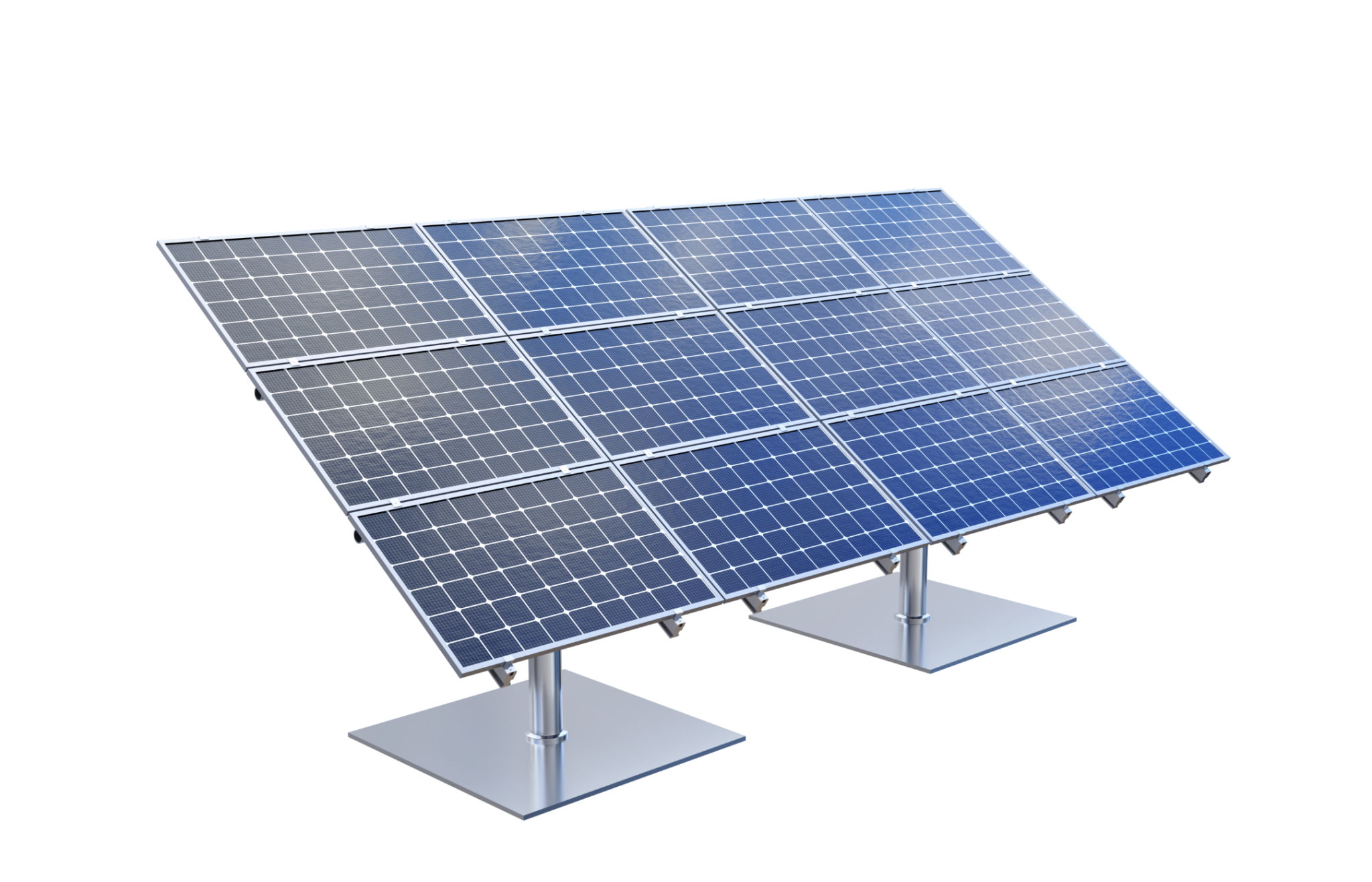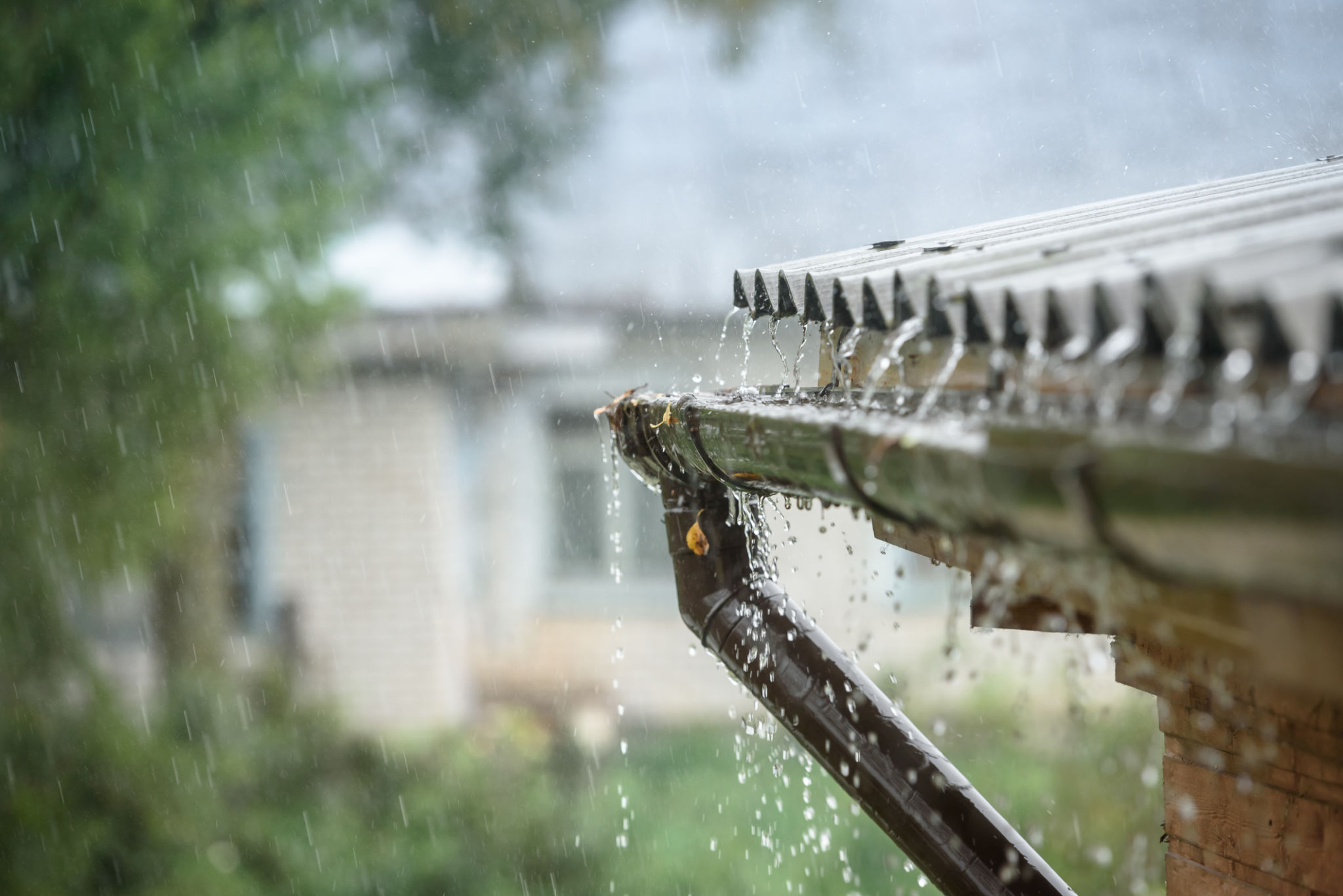Eco-Friendly Building Designs in Florida: Making Sustainable Choices
Introduction to Eco-Friendly Building Designs
In recent years, there has been a significant shift towards eco-friendly building designs, especially in regions like Florida. With its unique climate and environmental challenges, Florida is at the forefront of sustainable architecture and construction. This movement is not just a trend but a necessary step towards reducing our carbon footprint and preserving natural resources.

Importance of Sustainable Materials
One of the most crucial aspects of eco-friendly building design is the use of sustainable materials. These materials are essential in reducing the environmental impact of new construction. Bamboo, reclaimed wood, and recycled metal are becoming popular choices due to their renewability and low energy production requirements. By integrating these materials, builders in Florida can significantly decrease the ecological footprint of new buildings.
Moreover, the use of local materials also plays a vital role in sustainability. By sourcing materials locally, builders help reduce transportation emissions and support the local economy. This practice is particularly important in Florida, where diverse ecosystems provide an abundance of natural resources for construction.
Energy Efficiency and Renewable Solutions
Energy efficiency is another cornerstone of eco-friendly building designs. In Florida, where sunny weather is abundant, incorporating solar panels into building designs is a practical choice that aligns well with sustainability goals. Solar panels not only reduce reliance on non-renewable energy sources but also help lower utility bills for homeowners.

Additionally, energy-efficient HVAC systems and smart home technologies are becoming standard in sustainable buildings. These systems optimize energy use by adjusting to the occupants' needs, thereby reducing waste and promoting a greener lifestyle.
Water Conservation Methods
Water conservation is particularly important in Florida due to its vulnerability to droughts and water shortages. Eco-friendly building designs often incorporate rainwater harvesting systems, low-flow fixtures, and xeriscaping—a landscaping method that reduces the need for irrigation by using drought-resistant plants.

These water-saving techniques not only help conserve a valuable resource but also reduce the long-term costs associated with water usage. By implementing these strategies, Florida homeowners can contribute to a more sustainable and resilient environment.
The Role of Green Spaces
Integrating green spaces into building designs is another effective way to enhance sustainability. Rooftop gardens, vertical gardens, and community green areas provide numerous environmental benefits, such as improving air quality and promoting biodiversity. These spaces also offer aesthetic value and recreational opportunities for residents.
In urban areas of Florida, where space is limited, vertical gardens are an innovative solution that maximizes green space without requiring additional land. This approach not only benefits the environment but also improves the quality of life for urban dwellers.
Conclusion: The Future of Eco-Friendly Building in Florida
As awareness of environmental issues grows, so does the demand for eco-friendly building designs in Florida. By making sustainable choices today, we can create a healthier and more sustainable future for generations to come. These efforts not only benefit the environment but also provide economic advantages through energy savings and increased property values.
The transition to sustainable building practices is gaining momentum, demonstrating that eco-friendly designs are not only viable but also essential for our planet's future. As we continue to innovate and adopt new technologies, Florida can serve as a model for other regions looking to embrace sustainability in their building practices.
